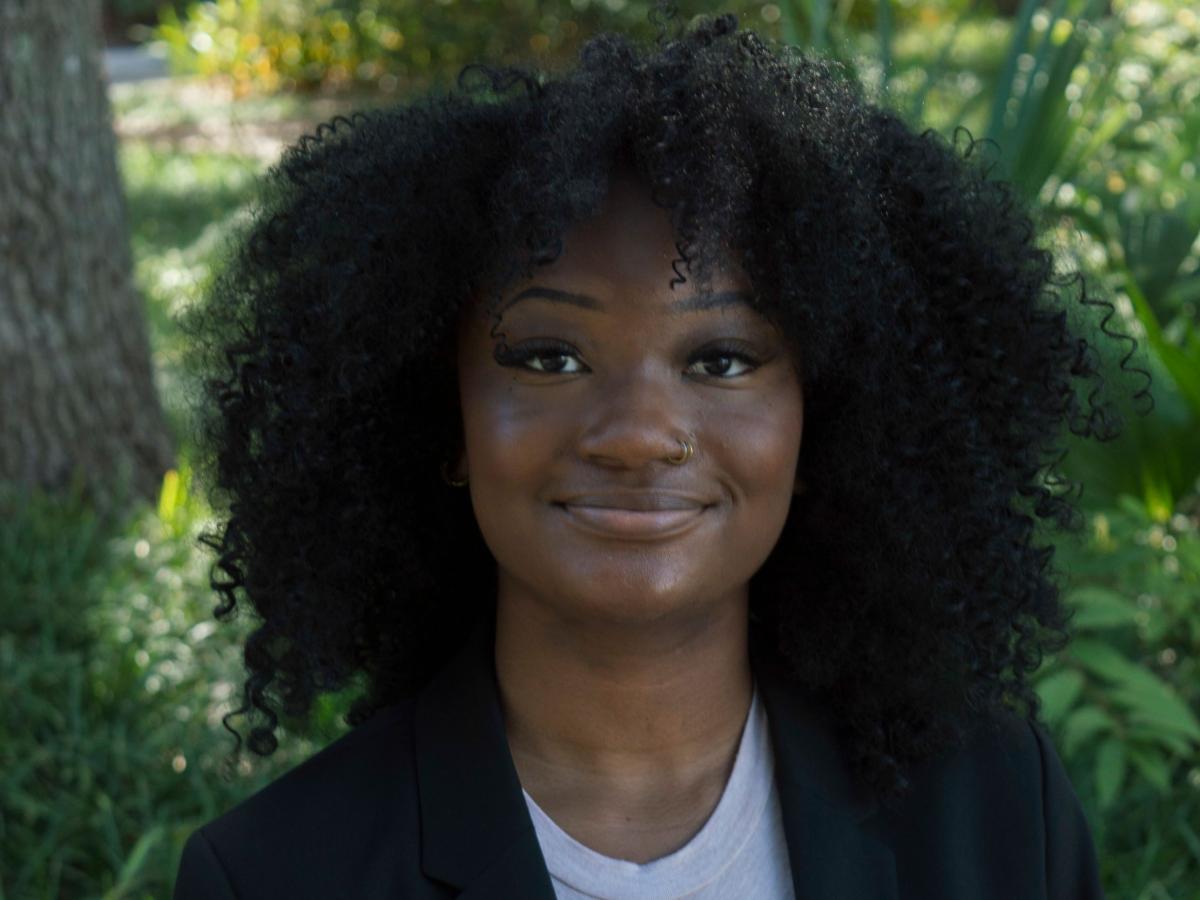Reproductive Justice for People with Disabilities

June 29, 2022
Although great strides have been made towards taking down barriers for women with disabilities and their access to general healthcare, there is still a gap when it comes to their reproductive access. In the past, people with disabilities – defined as anyone with a physical or mental impairment that inhibits daily functions – were viewed as cursed by God. They were often on the fringes of society and put into institutions where many suffered poor living conditions and human rights violations. However, by the mid-1900s, institutionalization was replaced with the current model of community care, which aims to give patients a higher quality of life within their own communities. In 1990, the landmark Americans with Disabilities Act established disability as a basis for discrimination and federally enshrined “reasonable accommodations” and more accessibility for disabled people. The ADA also includes protection for pregnant people as well as those living with HIV.
Despite this progress, women with disabilities are often left out of the conversation when it comes to minority groups and their access to reproductive care. As a double marginalized group, disabled women face both ableism bias and gender bias. Many people view them as asexual and unable to either perform sexual activities or gain pleasure from sex. Another common belief is that people with physical and/or mental disabilities cannot fully consent to sex; they are often paternalistically viewed as “eternal children,” unable to make important decisions for themselves in regards to sexual activity and reproduction. Forced sterilization is still legal within the United States on a technicality but not as widespread as before. For people with disabilities, forced sterilization further complicates the relationship between disability and sexuality, especially because they are often targets of eugenics. Disabled women are frequently criticized and questioned for choosing to have children, although their birth rates are similar to non-disabled women.
Beyond societal views, ableism also impacts disabled women within doctor’s offices, and they suffer from a lack of access to care. Healthcare clinics may be inaccessible due to a lack of transportation, Braille, sign language interpreters, or equipment. Doctors within these clinics often lack the training or knowledge to properly care for female patients with disabilities, leading some to report that they avoid visits to the gynecologist because of these barriers. Women with disabilities are also more likely than women without disabilities to face domestic violence, emotional abuse, and sexual assault, but they are less likely to report sexual crimes committed against them.
Women with disabilities have not been silent on these injustices. As a society, we can begin to correct these wrongs by listening to them. It is essential that we pass laws explicitly outlawing forced sterilization for people with disabilities, implement more accessible equipment and products (such as menstrual products and adjustable exam tables for pelvic floor exams for those with a physical disability), and increase funding for programs to alleviate their access to care. By supporting organizations led by people with disabilities, such as the Disability Visibility Project and Reachout USA, we can begin to close these gaps. There are 28 million women with disabilities in America, and they all deserve the same rights to reproductive and sexual care as everyone else.
